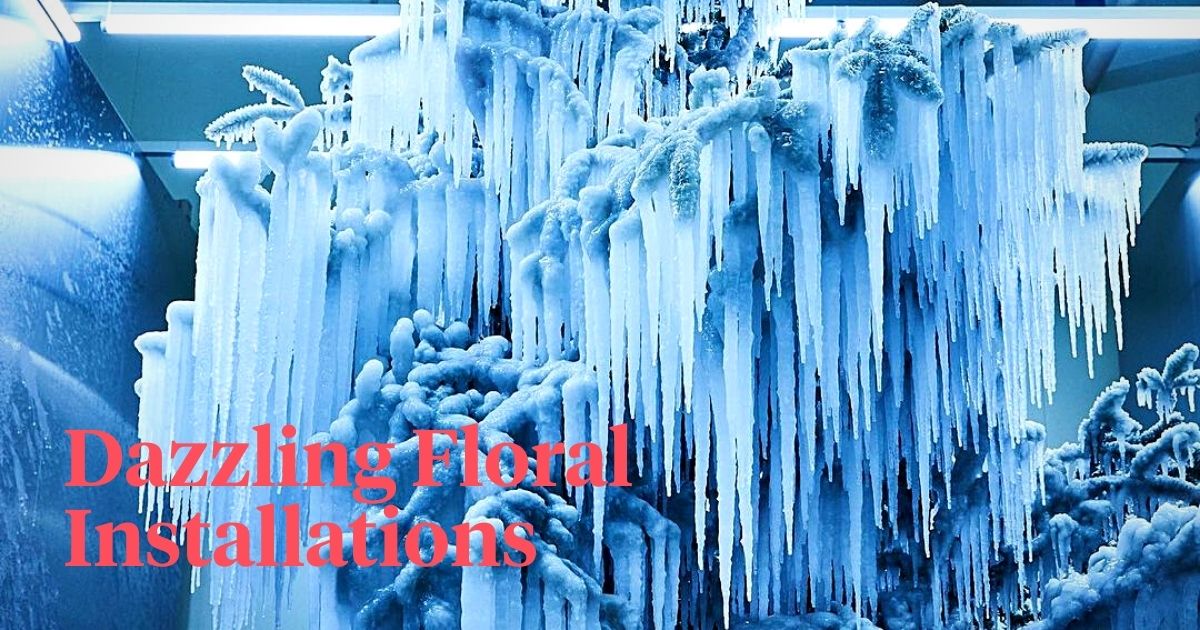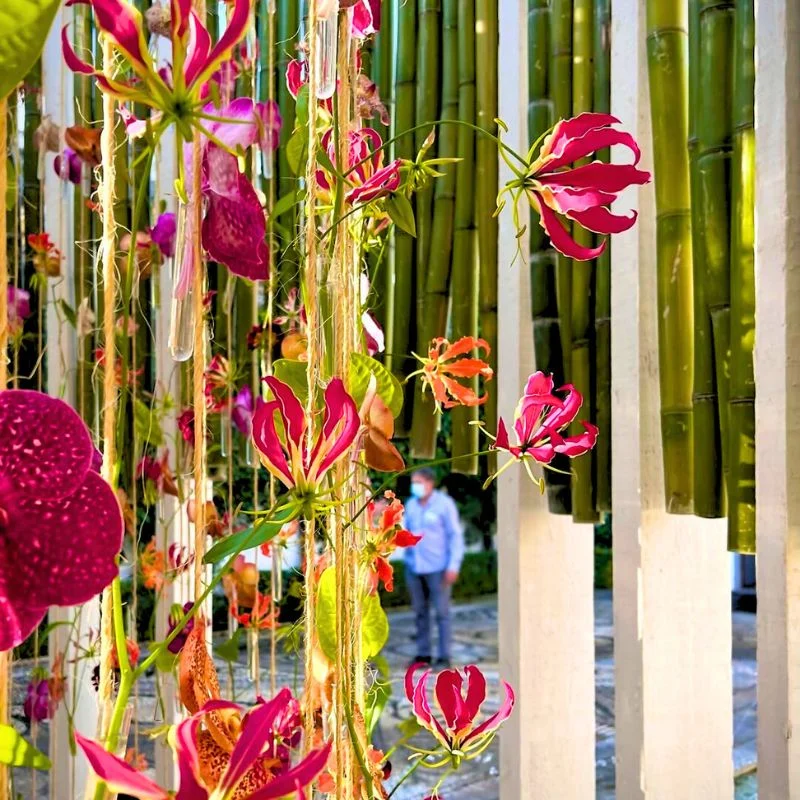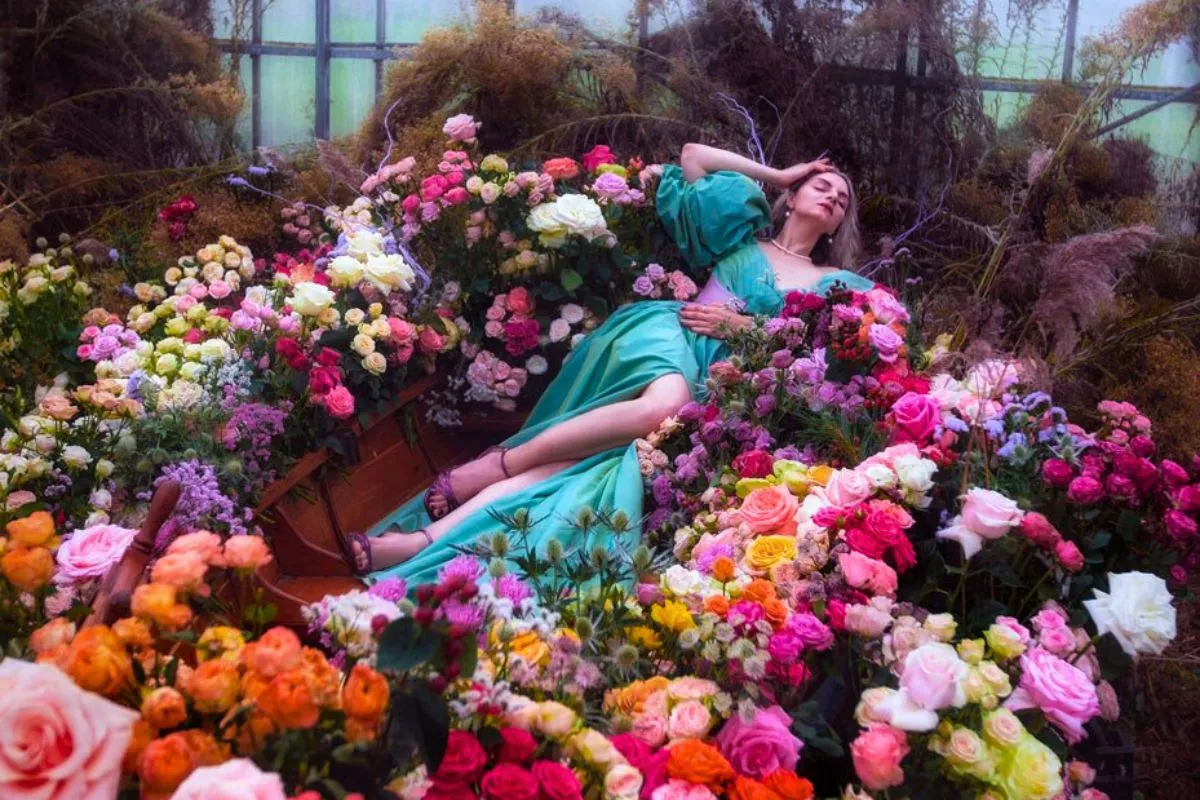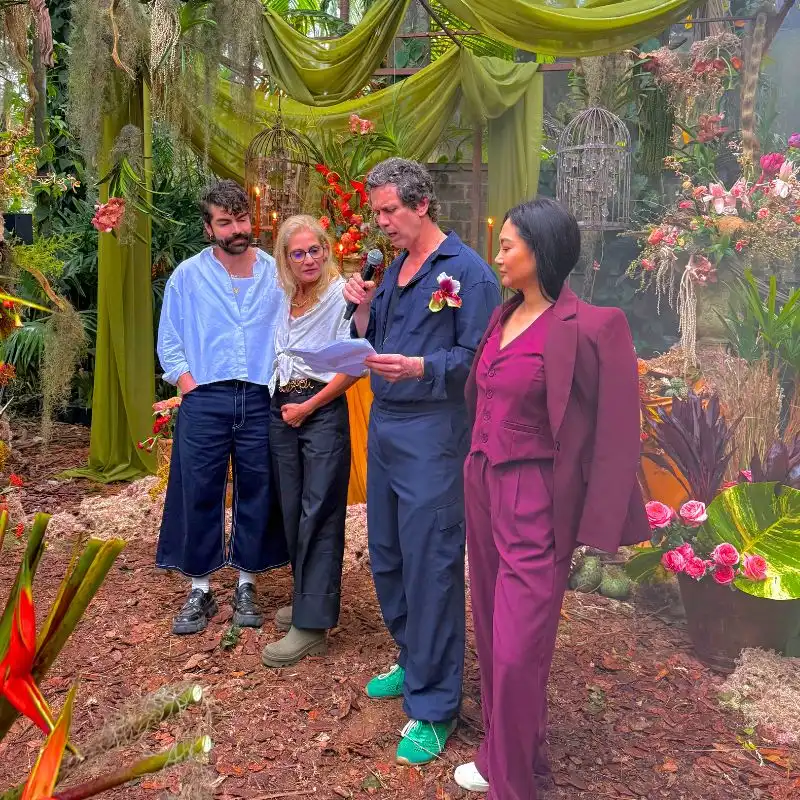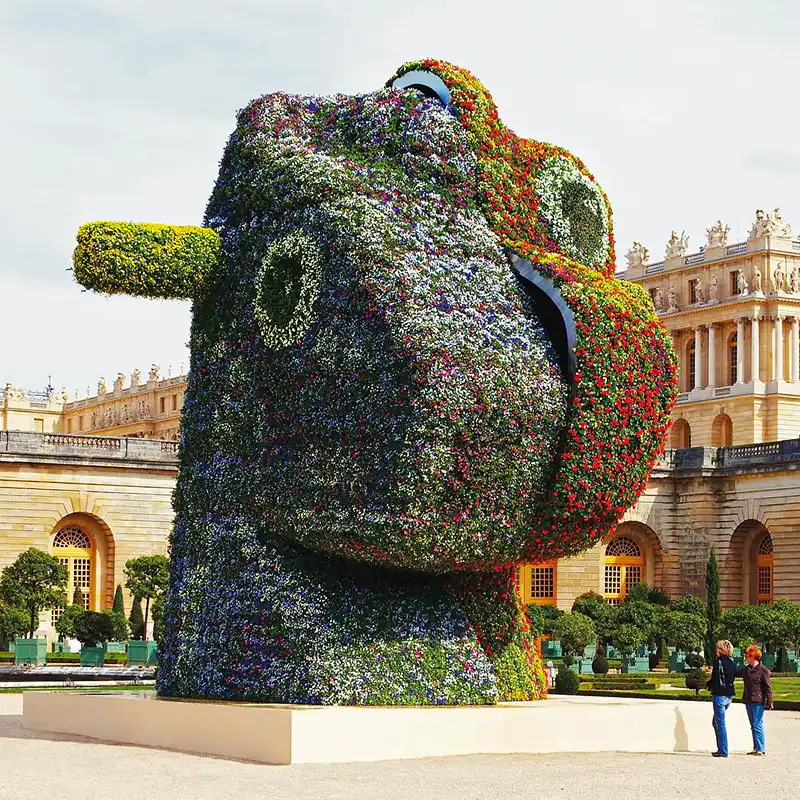Renowned Japanese flower artist Azuma Makoto is never shy about pushing the limits of contemporary artistry if his quirky floral installations are anything to go by. He always comes up with unorthodox ideas, creating floral works of art that are just as peculiar as they are exquisite. They blur the boundaries between art and nature.
In 2021, the world-famous flower artist from Japan, who is known for his unique and creative floral compositions, unveiled a remarkable frozen Christmas tree sculptural installation that had audiences bedazzled by, not just its beauty, but the ingenuity that went into creating it as well. It attempted to preserve the permanence of the Christmas tree.
Azuma Makoto, the Visionary Floral Artist
For starters, Azuma was born in Fukuoka Prefecture, Japan in 1976. He moved to Tokyo in 1997 to pursue a dream of becoming a rock musician but then ended up taking up a job as a trader in the Ota Market, which is one of Japan's largest flower and produce markets.
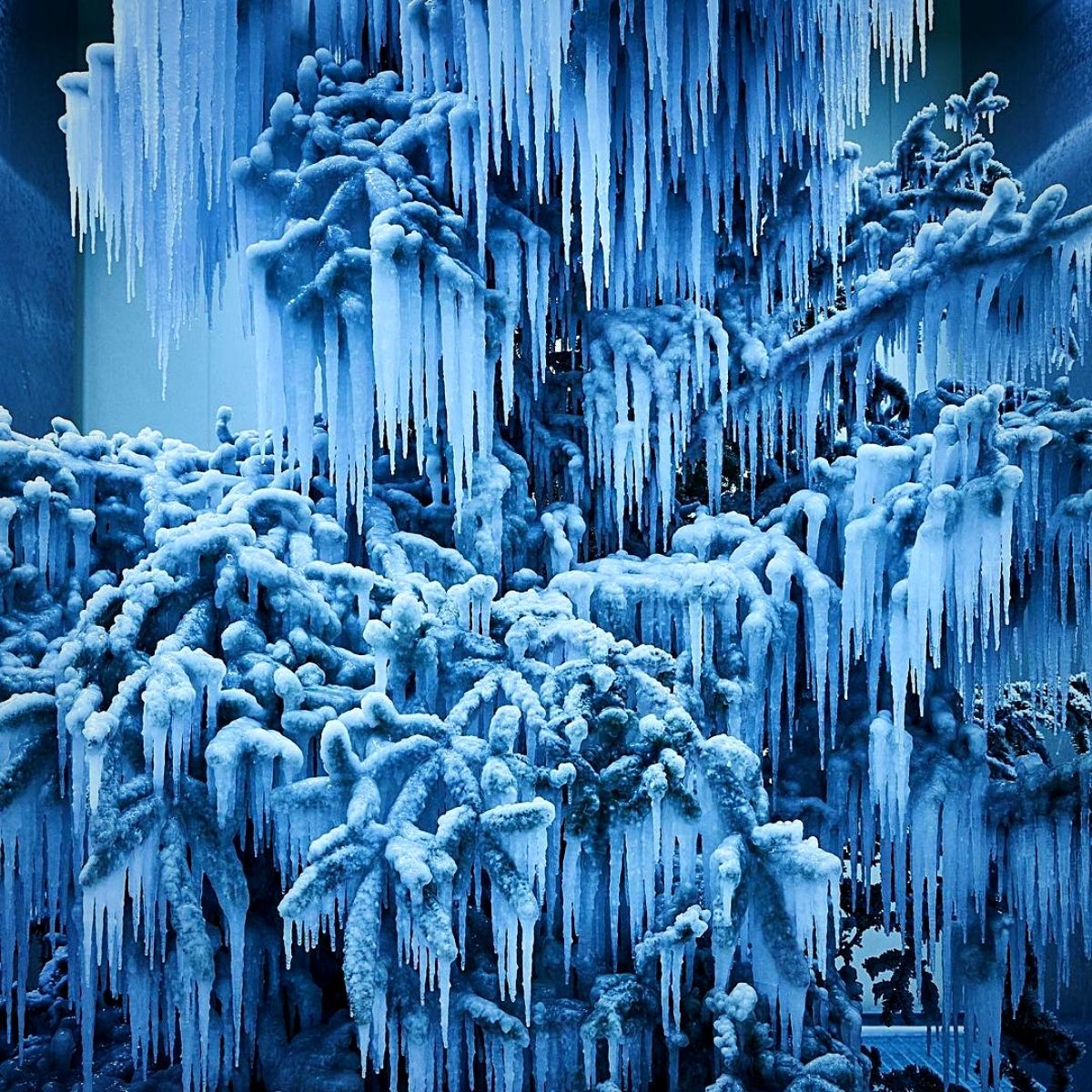
This job, he says, was his inspiration for pursuing a career in flowers, with a keen interest in ornamental flowers. He, later, proceeded to manage a flower shop in Azabu-Jūban in 1999, before beginning his career as a flower artist in 2002. This was after he opened a flower shop named Jardins des Fleurs alongside photographer Shiinoki Shunsuketo. In 2005, he began to explore a new form of floral design that he called botanical sculpture. This is the genre for which he is now widely known.
He has, accordingly, led the Azuma Makoto Kaju Kenkyusho (AMKK), an experimental botanical collective that investigates the potential of plants and has been carrying out a wide range of studies in many disciplines since 2009. His diverse artistic works continually aim to explore the strange forms that only flowers and plants provide, and to transform them into something elegant and expressive, thus growing the existential significance of these forms.

Today, he is recognized as a world-famous flower artist whose artistic ideas go beyond conventional floral arrangements by pushing the boundaries of creativity and craftsmanship.
The Frozen Tree Installation
Azuma's frozen flower sculptural installation, aptly referred to as ‘Azuma Makoto's Frozen Christmas Tree’ is just one example of what the floral artist can achieve with his unique approach to creating art with natural elements. The installation attempts to bring back to life a recycled Christmas tree, transforming it into an enthralling frozen artwork that possesses an eternal presence.
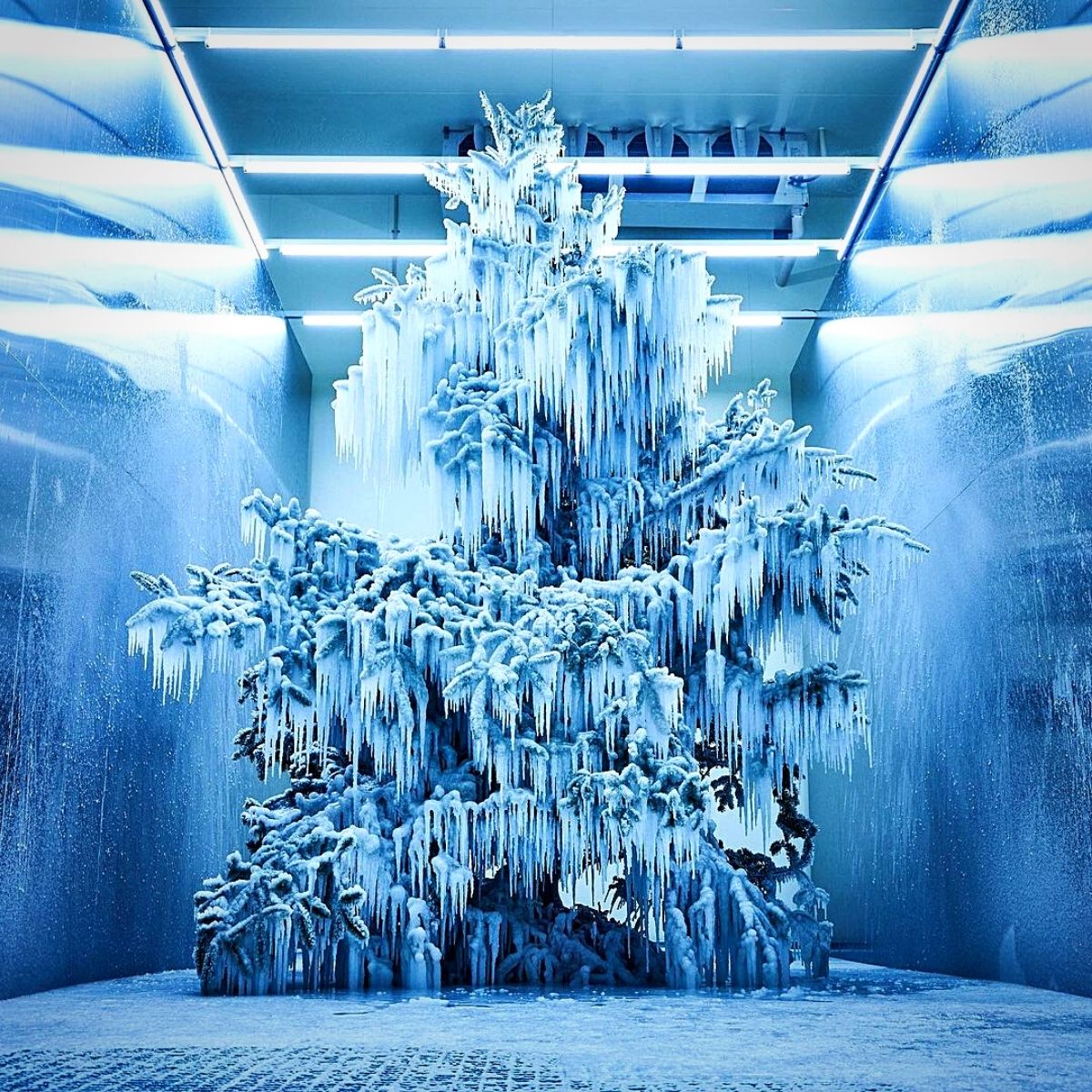
What was the inspiration behind this sculptural installation?
Well, to begin with, flowers and plants have a relatively short life. Compared to humans, flowers age 10 years in a day! So there’s only a short time to enjoy their fleeting and transient beauty. This is an important aspect of his artistic viewpoint.
Accordingly, Azuma’s artistic ingenuity finds a way to capture the beauty of flowers and plants by freezing them. This Christmas tree wasn’t his first such ‘frozen’ project. During a runway show of Dutch fashion designer Dries van Noten in 2017 he created a somewhat similar installation with flowers. He froze the flowers, either young or aged, showcasing their life cycle.
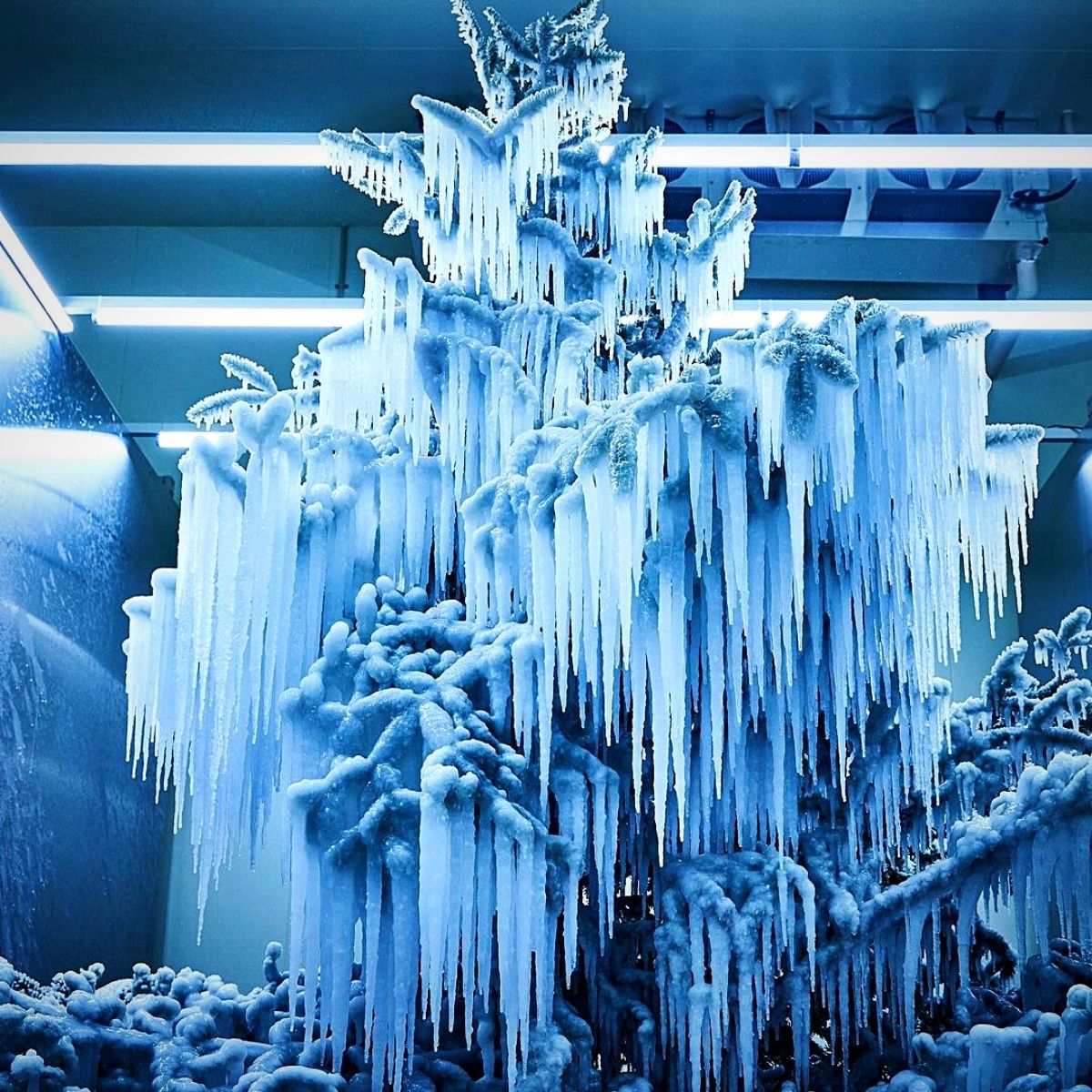
Going by his philosophy, Azuma believes that once an artist takes something from nature, they have the responsibility to make it have a lasting meaningfulness. He, thus, views himself as a guardian of flowers and plants, seeking to archive and preserve their existence for future generations.
This is evident in his project named the Encyclopedia of Flowers, which showcases his enthusiasm and commitment to cataloging and eternalizing the ever-changing floral landscape. That’s also exactly what he did with the Christmas tree as well; he recycled it by turning it into an ice sculpture and therefore gave it an ‘eternal existence’.
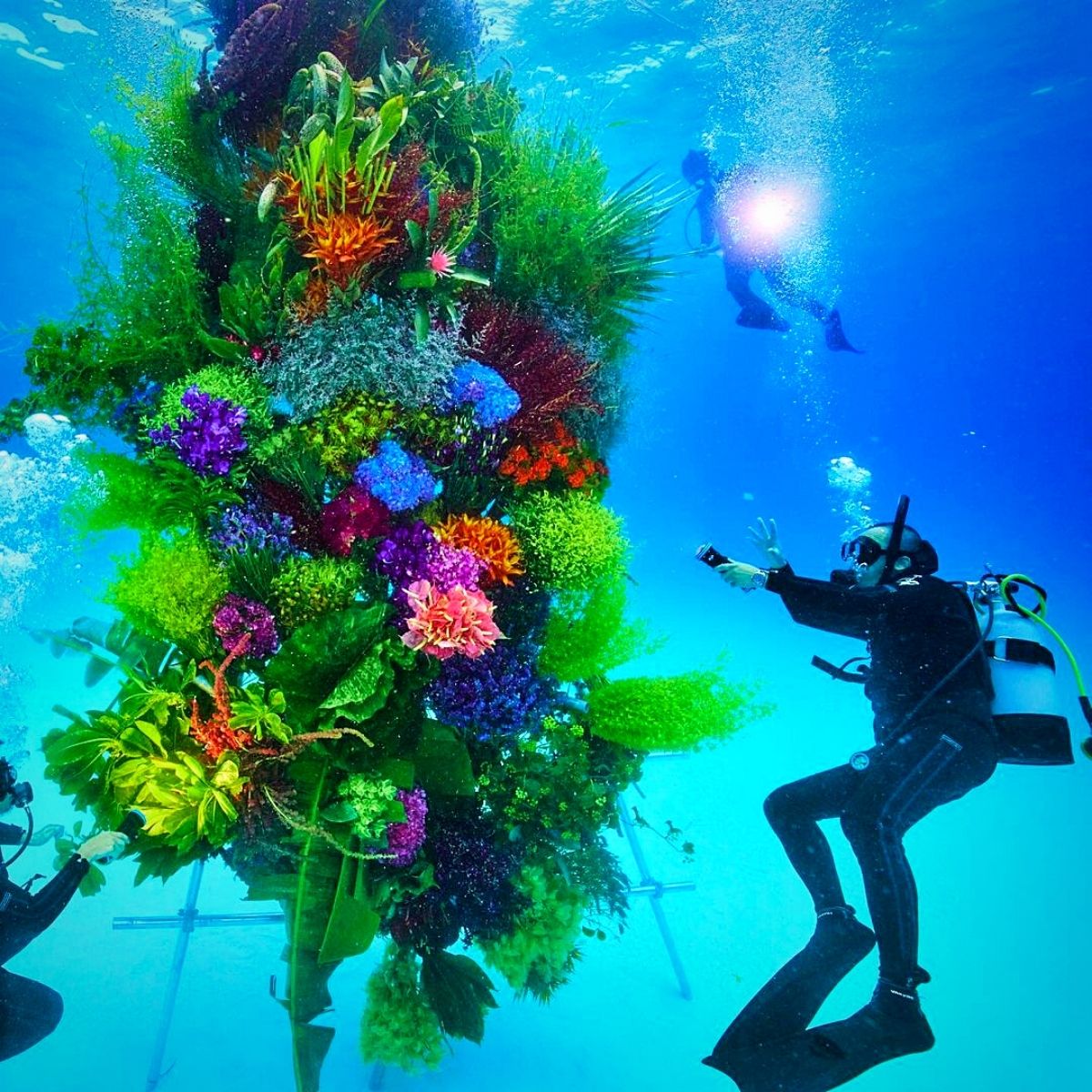
Azuma's Frozen Flower Techniques
In 2017, Azuma gained international recognition for his ‘Iced Flowers’ project, where he froze flowers in ice, revealing their delicate beauty in various stages of life. His technique involves using a special mechanism that prevents the formation of air bubbles, thus preserving the fresh colors of the flowers.
His mastery of this technique is evident in the 'Frozen Flowers' on a frozen lake in Japan's Notsuke Peninsula as well, where flowers appear suspended in time, their vibrant colors and hues preserved within the icy structure. It is also showcased in the recycled Christmas tree installation that has icy icicles dangling from the frozen leaves of the Christmas tree.
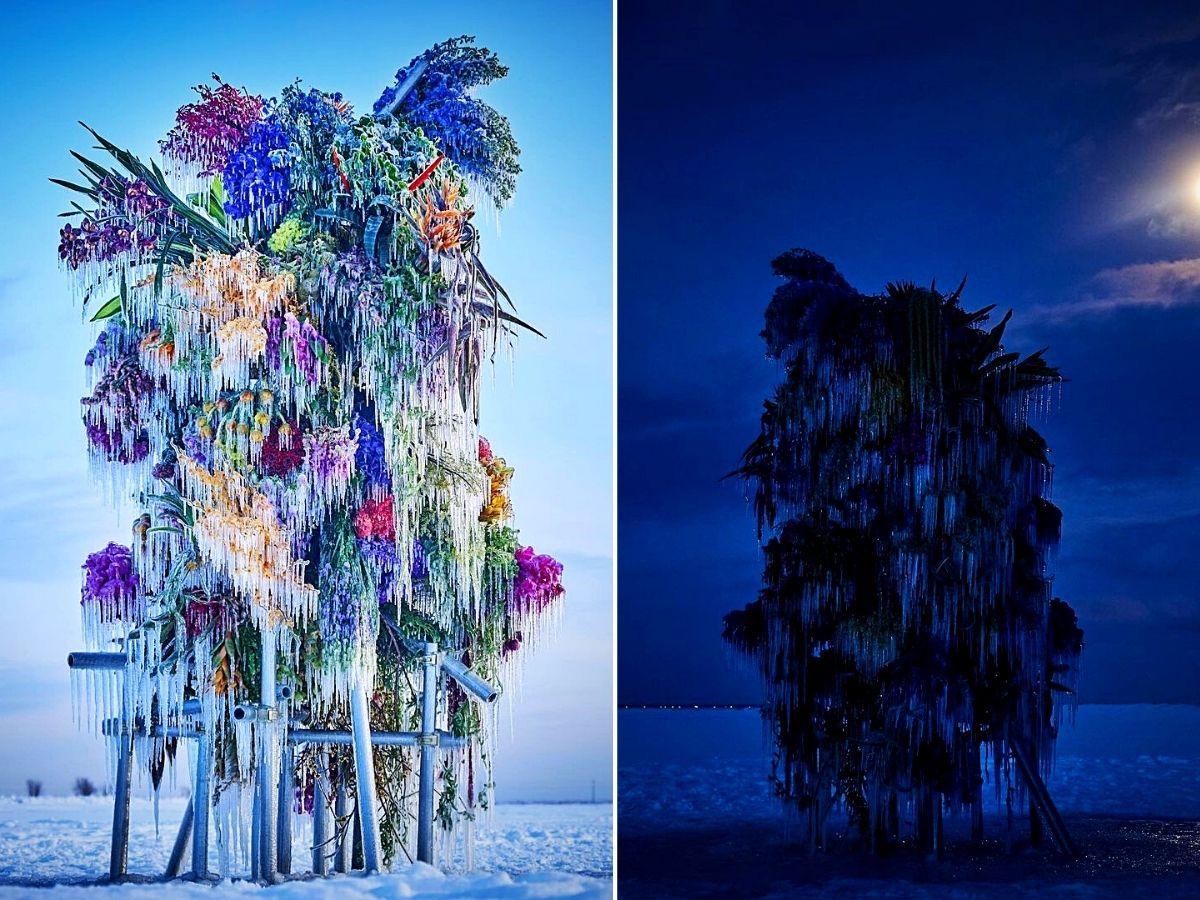
More Artistic Works: The Influence of Makoto’s Floral Artistry
Makoto's artistic creations have gained international acclaim and have been featured in high-status events and exhibitions worldwide as the intriguing artistic works go beyond traditional floral arrangements.
The artist has had occasions to showcase numerous equally artistic works that touch on the fleeting nature of flowers and the efforts to preserve them.

In a spectacular showcase of one of his installations, he invades the rock bottom of Ishigaki Island in Japan with flowers, in a vision that he has always had; to place flowers under the water. The Japanese artist connected numerous bouquets of flowers to the bottom of the waters to create this installation.
Still yet, in another botanical feat, in 2014, in collaboration with John Powell of JP Aerospace, Azuma also completed a botanical space flight; sending a Japanese white pine bonsai suspended from a carbon-fiber frame, and an arrangement of orchids, hydrangeas, lilies and irises, among other plants into the stratosphere.
The project was launched with a specially equipped balloon from Black Rock desert in Nevada, in a mission named ‘Exbiotanica’. The idea was conceptualized to let different plants have a feel of the unknown, miles away from Earth.
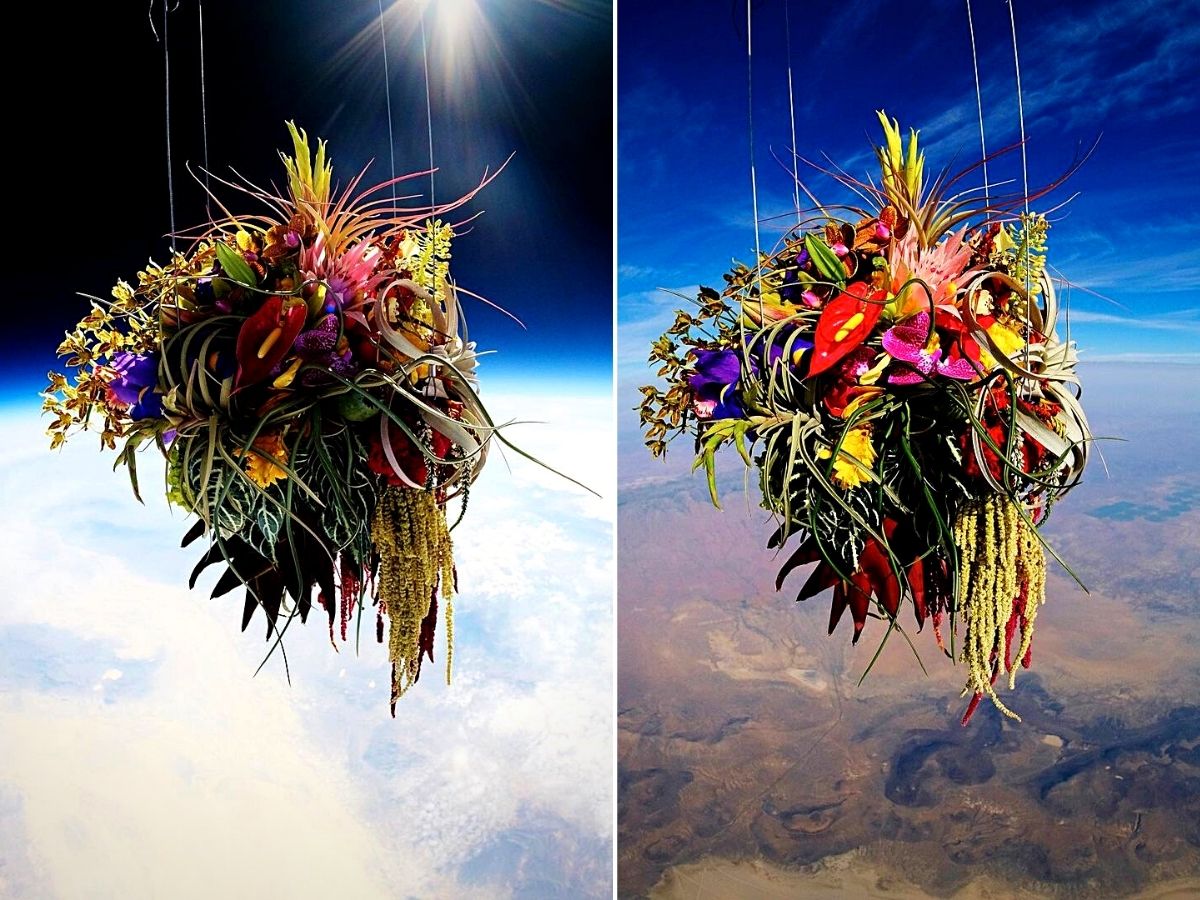
Azuma has also had a botanical sculpture he made immersed in the Mexican jungle. The sculpture was showcased at the Azulik Uh May/ SFER IK arts center. The artwork named MEXX was created in response to the gallery’s unique biophilic design and the surrounding wilderness and is made from locally sourced materials. It also incorporates the Japanese concept of 'Ma' (negative space), thus serves both as a performance and an artifact.
Using flowers and fireworks, he also made another installation named Hanabi, which is a semblance and celebration of the transience of life. Hanabi combines the fleeting beauty of flowers with the short-lived brilliance of fireworks. The installation was made using fifty different species of flowers obtained from all over Japan. These flowers were placed in a cascading pattern to create a lively showcase.
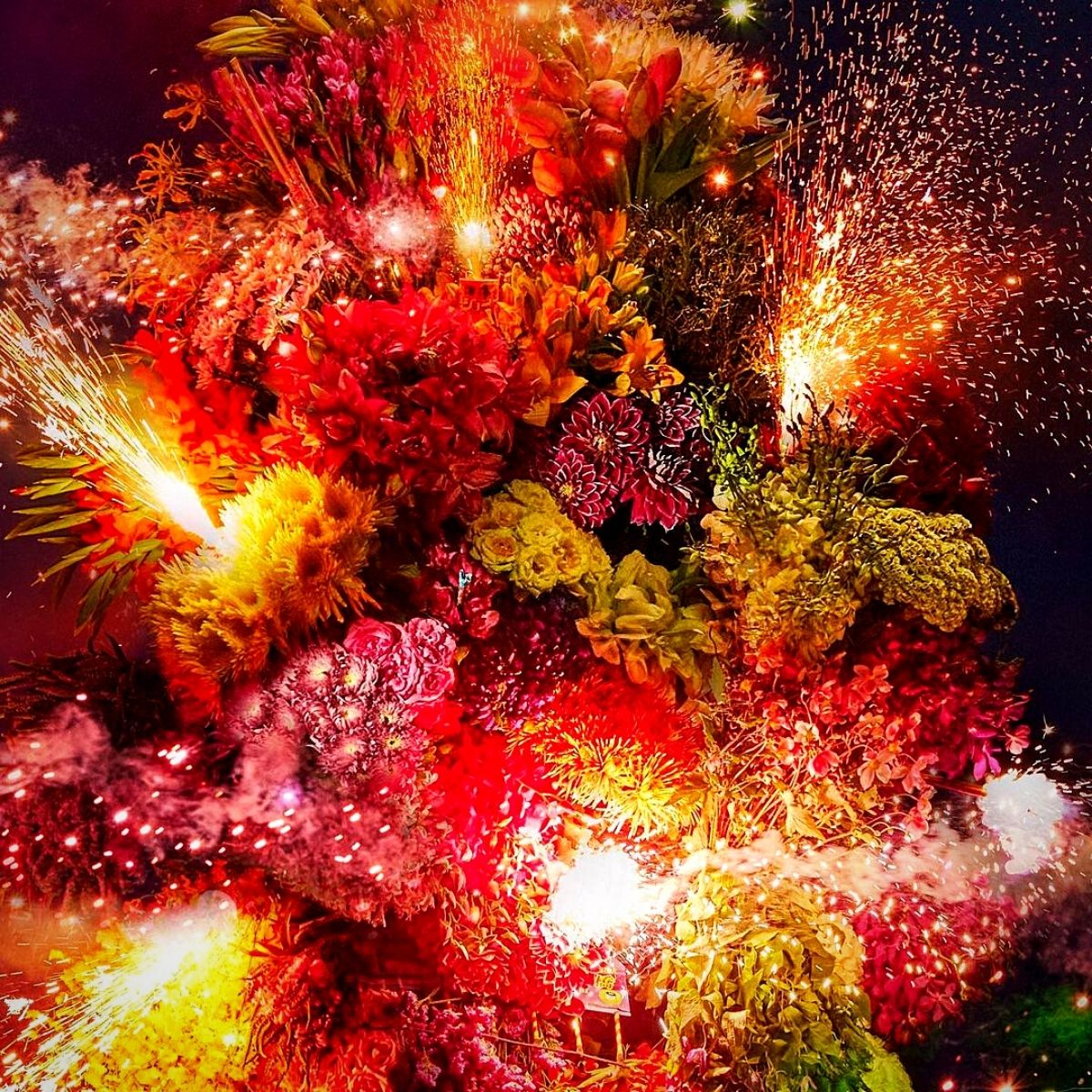
In essence, these works of art attempt to demystify the impermanence of natural life and the beauty found in nature. His artistic floral installations tend to stimulate a deeper introspection of the fleeting nature of existence, and the beauty of flowers that lay therein.
All photos by @azumamakoto

